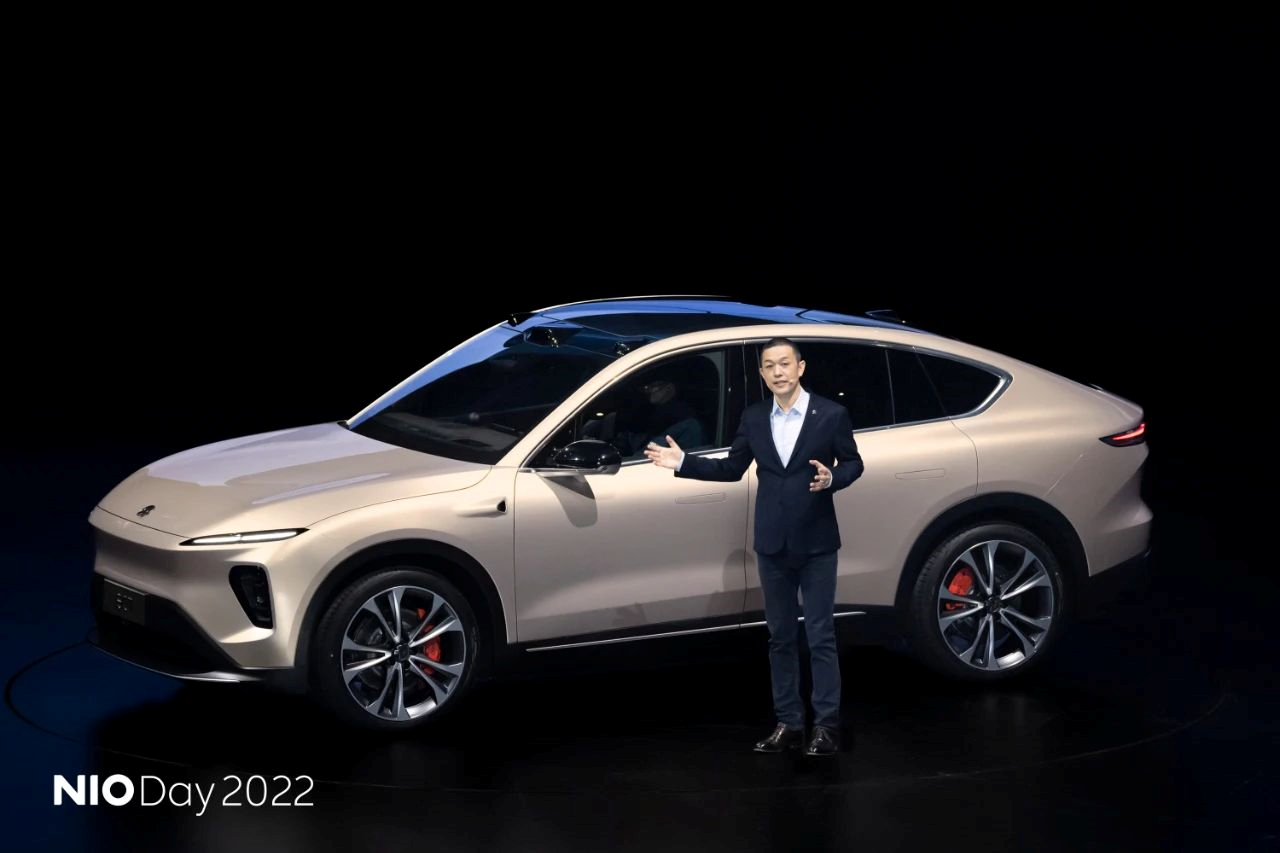NIO Shines in the “Group Stage and Qualifiers” of the Smart EV Race
Author: Kaijun Qiu
Editor: Kaijun Qiu
NIO Day has already passed its sixth year, and NIO, as the leader of the new car-making force, has maintained its status for many years, having won recognition from users, competitors, and the industry.
However, in terms of the smart EV race, Li Bin believes that NIO has only reached the “later stage of the group stage and qualifiers.”
The final will be after 2025. “Whether it is a traditional company or a new one, in the wave of technological changes in smart EVs, whether or not they have accumulated their core competencies basically determines their ranking in the final stage.” said Li Bin, Chairman and CEO of NIO, in response to a question from “Electric Vehicle Observer” on the second day of NIO Day 2022.
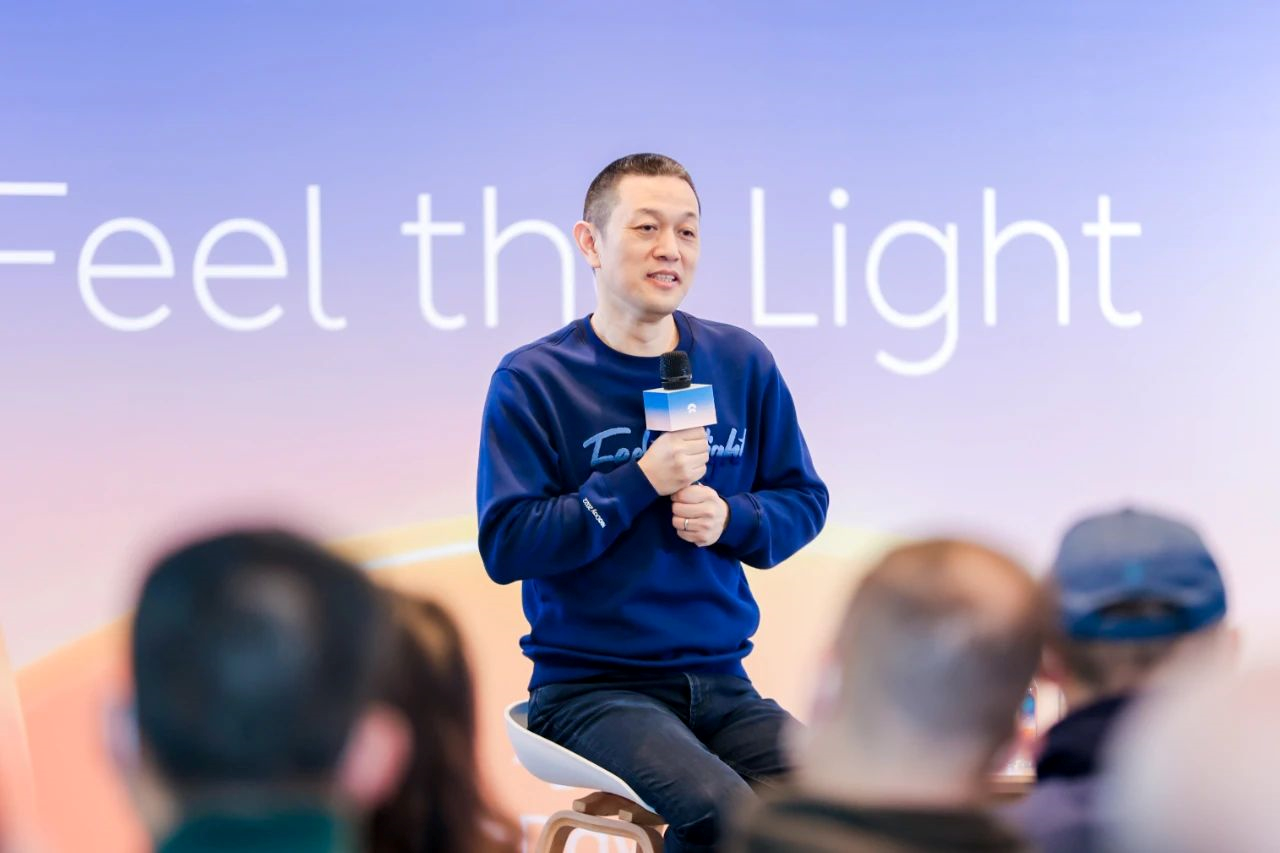
“We will present our final reports in 2025, and that’s when we will be evaluated on our performance. It is too early to judge us now.”
So, let’s not evaluate NIO for now. Instead, taking advantage of the announcement of major developments during the 2022 NIO Day such as the release of the EC7 and the all-new ES8, the third-generation switchable battery station, and the 500kW ultra-fast charging pile, let’s examine how NIO performed in the qualifiers.
Launch of New Car Models and Energy Supplements
At NIO Day 2022, NIO unveiled two major new car models and leading energy supplement products, as well as a new plan for the construction of charging and switchable battery networks.
EC7
The first new car model is the “Intelligent Electric Flagship Sports SUV,” which serves as a top-level configuration and sporty product for segmented users in NIO’s ever-expanding product lineup.
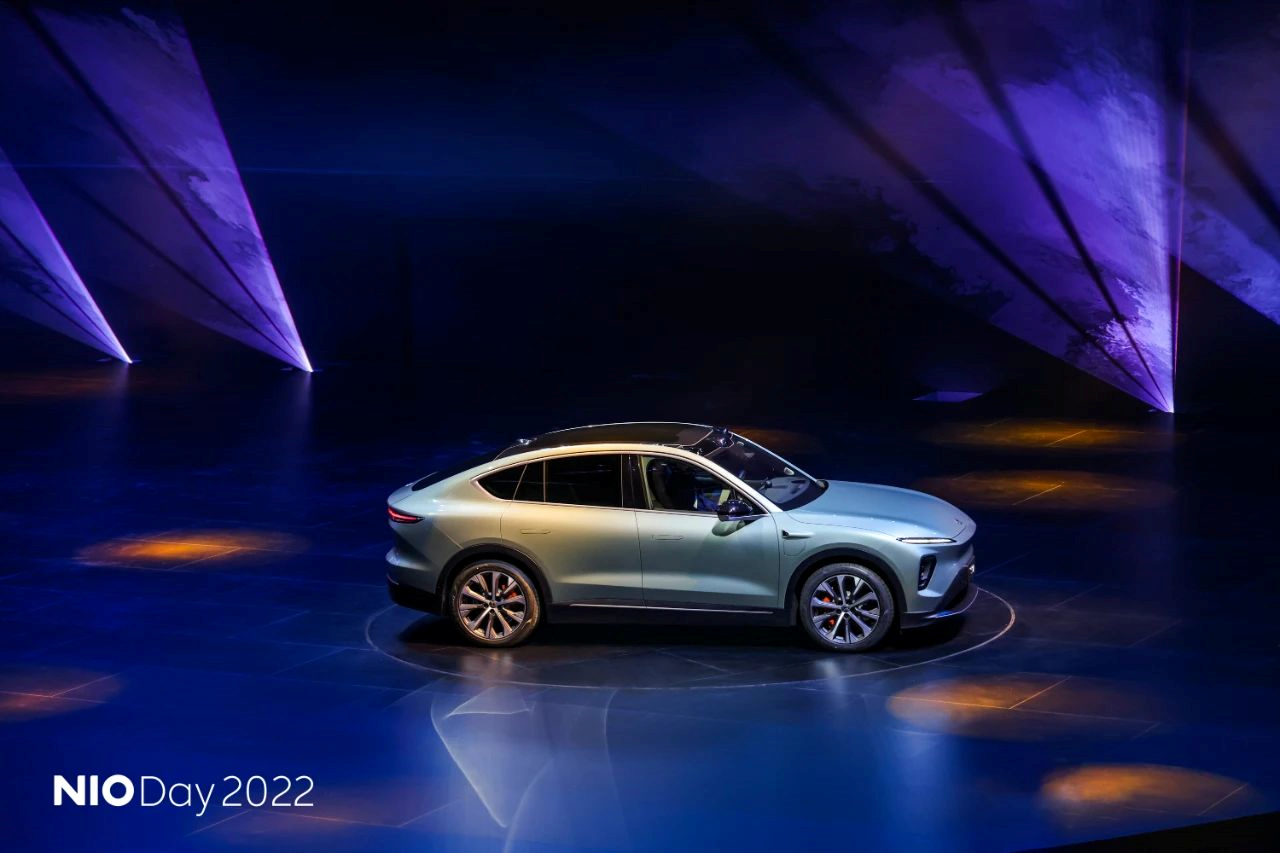
The EC7 is also a second-generation platform product of NIO, which, in addition to its high level of NIO’s intelligent electric technology, also boasts elegant design and powerful performance.
With a maximum power of 480kW in the front and rear dual motors, the EC7 accelerates from 0 to 100 km/h in 3.8 seconds, making it “the fastest accelerating SUV in NIO’s lineup.” Its shortest braking distance for 100 km is 33.9 meters, “5 meters shorter than that of the BMW X6, equivalent to one vehicle length.”
EC7 adopts active lifting rear wing for the first time, which not only gives EC7 a sense of motion in visual, but also enhances the aerodynamics of the whole vehicle. The rear wing provides two modes: drag reduction and maximum speed, to respectively provide drag reduction and increase downforce. The wind resistance coefficient of EC7 is as low as 0.230Cd, making it the “SUV with the lowest wind resistance coefficient in the world.”

NIO APP has opened reservations for EC7, and delivery is expected to start in May 2023.
All-new ES8
Five years ago, at the first NIO Day, NIO launched the first mass-produced vehicle ES8. At this year’s NIO Day, NIO iterated on the first vehicle and launched the all-new ES8.
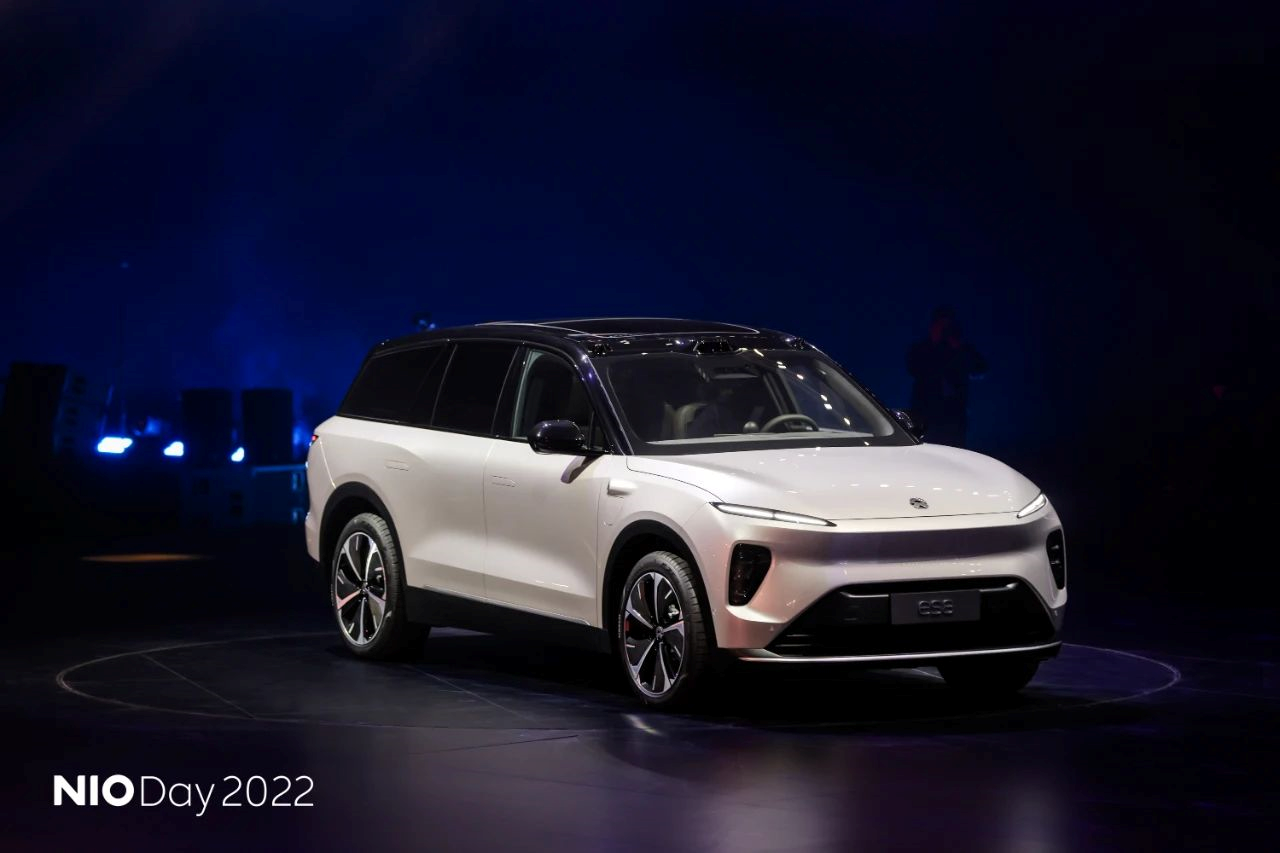
The all-new ES8 deserves the word “all-new.” “The all-new ES8 should be said to be a Chinese intelligent electric vehicle that, among these start-ups, has truly completed a generational changefrom the perspective of vehicle models and brands, and has truly completed formal generational change.” said Li Bin during the interview session after NIO Day. It uses NIO’s second-generation platform and second-generation vehicle design language.
The all-new ES8 also uses a new generation of high-efficiency electric drive platform, with a maximum power of 480kW for the front and rear dual motors, and a hundred kilometers acceleration time of 4.1 seconds; coupled with a six-piston brake caliper, the shortest braking distance for a hundred kilometers is 34.3 meters. Through the IPB line control brake system, intelligent dual-chamber air suspension and self-developed ICC intelligent chassis domain controller, the driving quality and adaptability are significantly improved.
ES8 pioneered the Queen’s Seat, and there are highlights on the seats in the all-new ES8. It is the first application of NIO’s self-developed high-end seat platform. Features include shoulder adjustment for the driver’s seat; Queen co-pilot can achieve zero gravity posture with one click; the width of the second-row independent seat is up to 550 millimeters, equipped with a leg-rest, and a one-key comfort mode forms a 135° comfortable posture… EC7 also uses the same high-end seat platform.
The all-new ES8 has also opened reservations and delivery is expected to start in June 2023.
Both EC7 and the all-new ES8 are equipped with NIO’s latest Banyan intelligent system, including the Aquila ultra-sensing system composed of 33 high-performance sensors such as ultra-long-range LiDAR and 8 million pixel cameras, and the Adam supercomputing platform consisting of 4 NVIDIA Drive Orin X chips with a total computing power of 1016 TOPS, providing users with a continuously leading intelligent cockpit and intelligent driving applications.
Both models are equipped with NIO’s PanoCinema panoramic digital cockpit, which consists of the world’s first in-car AI assistant NOMI, a 7.1.4 immersive sound system with Dolby Atmos panoramic sound technology, a waterfall-style ambient light, a 12.8-inch AMOLED central control screen, and high-performance AR and VR devices.
In terms of intelligent driving, besides NOP+, NIO will also begin gradually implementing high-speed navigation battery swapping on highways from the first half of 2023. Users can initiate navigation through the EC7 and the all-new ES8, after which the vehicle can automatically complete the charging route planning on the highway, intelligently navigate to the swapping station, and independently complete the swapping and automatically drive out of the service area back to the highway.
Third-generation Swapping Station + 500kW Ultra-fast Charging
At the NIO Day this year, NIO also launched new products in its leading power business – the third-generation swapping station and 500kW ultra-fast charging.
The third-generation swapping station adopts a brand-new three-position collaborative swapping mode, with a 30% increase in service capability and a maximum single-day swapping capacity of 408, and further shortening the swapping time per single time swapping; the third-generation swapping station will also be equipped with 2 LiDARs and 2 NVIDIA OrinX chips, with a total computing power of 508 TOPS, enabling vehicle summoning for swapping.

NIO’s ultra-fast charging has a maximum current of 650A and a maximum power of 500kW, and can charge a 100kWh battery from 10% to 80% in just 20 minutes.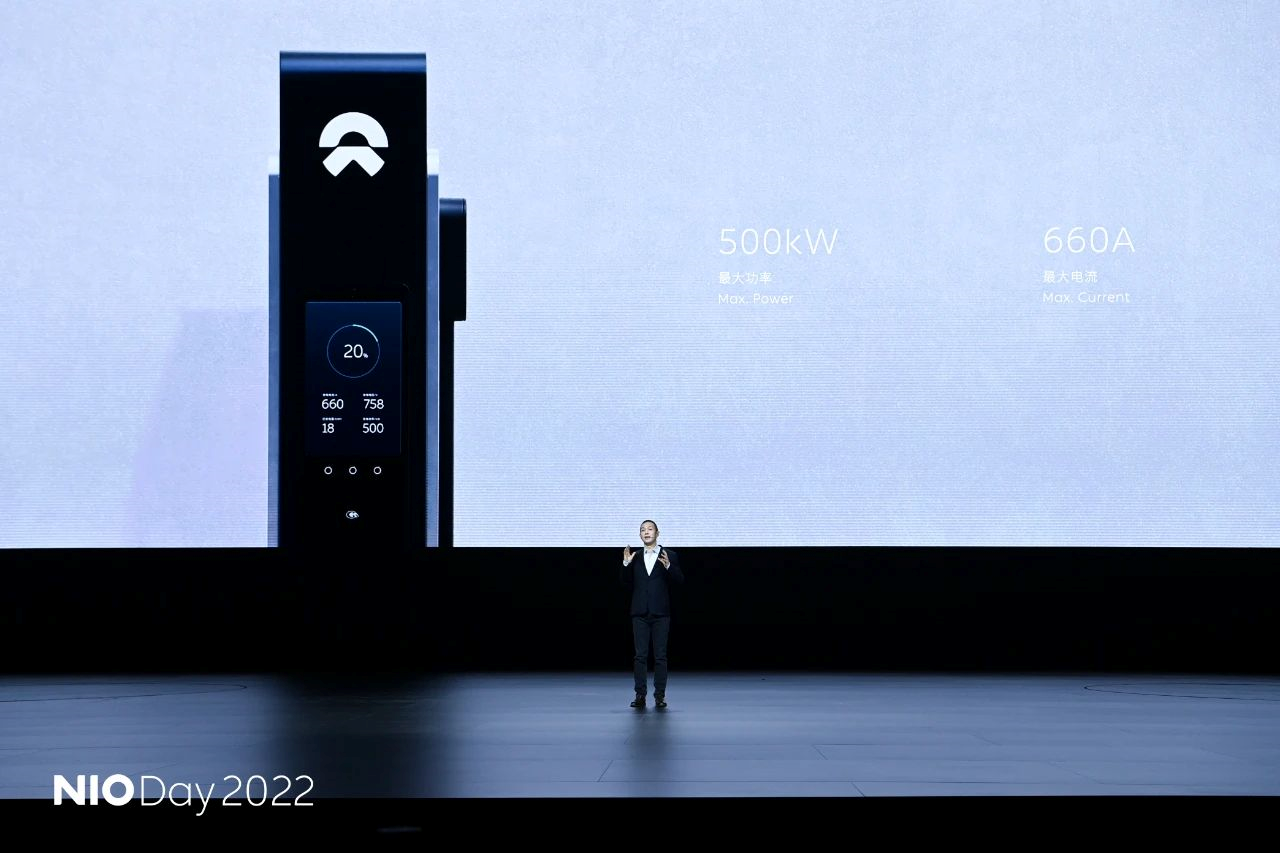
By 2023, NIO plans to have built more than 1,700 battery swapping stations and over 20,000 charging poles in China. In 2024, NIO plans to build 400 new battery swapping stations, with the ratio of battery swapping stations on highways to those in urban areas being approximately 1:3. In areas where there are many intercity commuters, NIO promises to build a high-speed interconnectivity network covering nine vertical and nine horizontal highway systems in 19 major urban agglomerations by 2025.
Li Bin also mentioned an interesting milestone: On August 13th this year, the proportion of NIO electric vehicle battery swaps exceeded 50%, making it the dominant method for charging NIO vehicles.
A Direct Loss of ¥10 Billion in 2022
In 2019, Li Bin was named the “most miserable man”. In 2022, Li Bin self-evaluated that “it has been tough for everyone” and “in some sense, we may have suffered more”.
“In March and April this year, most of our R&D managers were stuck at home in Shanghai for more than two months due to the pandemic,” said Li Bin. “Cars cannot be purely developed online. The pandemic has had a major impact on quality improvement progress, R&D progress, and various things related to supply chain, effectively tying our hands.”
Apart from the pandemic, supply chain disruptions also had a significant impact on NIO. “The increase in battery raw material prices and battery costs had a major impact on us. Tesla has a 60kWh battery, while we start at 75kWh and even have a 100kWh battery,” said Li Bin.
However, Li Bin believes that there were also many positive developments for NIO in 2022. He listed the completion of the dual-listing of NIO shares in two markets, the establishment of NIO Germany and the release of its first vehicle, the opening of a battery swapping station factory in Hungary, the operation of NIO’s second plant in Xinjiang, and the launch of three new cars.
“This year is very complex, and losses are certainly significant. Roughly speaking, direct losses amounted to ¥10 billion, including increases in material costs, overall efficiency losses, lower deliveries of vehicles, and other factors,” said Li Bin.
Li Bin is looking forward to NIO’s performance in 2023, saying, “Next year, we will complete a generational transition for our products. I believe that in the second half of next year, in the fourth quarter or so, we will gradually see the combination of second-generation platform products and the overall market competitiveness it brings. It takes time.”## Accumulating core competencies
In 2019, Li Bin proposed the three-stage theory of intelligent electric vehicle entrepreneurship internally.
The first stage was from 2014 to 2019, the training stage. “At that time, we delivered the first car, it went public, and we preliminarily established the network. The business model was basically set up.”
The second stage is the qualification and group stage, from 2019 to 2024.
The third stage is after 2025. “I think we will enter the finals stage, but when will the finals end? There is no end.”
“In my opinion, whether it is a traditional company or a new company, by 2024 or 2025, whether or not you have completed the technological trend changes to intelligent electric vehicles and your core competency accumulation will basically determine your ranking in the finals, your momentum in the following stages, and your competitive strength when participating in the finals.” Li Bin said that in recent years, intelligent electric vehicle enterprises have been vying for the “last ticket”, “we are basically in the later stage of the group stage and qualification race.”
Looking back at the five years of the “qualification and group stage”. In 2019, NIO was “beaten 0: 5” at the beginning; from 2020 to 2021, the overall situation was good, rebounding from the bottom in the capital market, necessary financing was carried out, the team was expanding, and the global market was being laid out in an orderly manner.
As stated earlier, in 2022, Li Bin believed that the industry was difficult, and NIO was greatly affected, but it also achieved many results.
“In no time, it will be 2024 and 2025, and NIO will have completed the answers to the qualification and group stage.” Li Bin said. In terms of “accumulating core competencies”, Li Bin emphasized research and development.
“Although NIO started around full-stack technology research and development, the research and development efforts have increased significantly in the past two years. The R&D expenditures for each quarter have reached the scale of 3 billion yuan. The competitiveness of this R&D output may be tested in 2024 or 2025.”
“In 2025, when everything will be fully tested, it will be the time to evaluate how well we have done. It is still premature to say now. At that time, when we reach the finals, what will be our ranking? Will we be in the first group, the second group, or the third group?”
Checking NIO’s qualification race results
Although Li Bin believes that 2025 is the time to evaluate NIO, let us take a look at NIO, who has reached the late stage of the qualification race, to see what achievements it has made.First, let’s look at sales. As of the end of November, NIO has delivered 273,741 vehicles. This is a great achievement for NIO, which has only been around for 5 years, especially considering that the average selling price of NIO’s models is 400,000 RMB. In its segment, NIO’s sales performance is comparable to that of top brands.
Taking the ES8 as an example, as NIO’s flagship and first model, it is not the best-selling model. But the ES8 has sold 65,000 units, which is comparable to the sales of Mercedes-Benz, BMW, and Audi gasoline vehicles in the high-end three-row SUV market in China. In the four first-tier cities of Beijing, Shanghai, Guangzhou, and Shenzhen, which are the leading markets for car consumption, the ES8 has surpassed BBA in sales.
Second, let’s look at the brand. In an interview, Li Bin stated that everyone in the automotive industry should agree that NIO is a premium brand. He also revealed that “BMW is our number one source of customers.”
Li Bin believes that there are two things that a premium brand should have. First, it should embody a certain spirit and temperament that is not something that can be simply piled up. Originality, research and development investment, and technological strength are all comprehensive factors. “We have never copied anyone’s work. We started from scratch.”
Second, the entire customer experience should live up to this value. He believes that “we have not yet reached the level of luxury and ultra-luxury. Although our cars have achieved many aspects, we still need to be objective about the overall customer experience.”
Third, let’s look at the strength of NIO’s intelligent electric technology. In terms of vehicle platforms, NIO has already developed and mass-produced its second-generation models, which have the advantages of high safety and high performance, and have shown good market performance. NIO’s third-generation platform is also under development, and Li Bin has stated that he hopes to achieve a gross profit margin of 25%-30% using this vertical integration system.
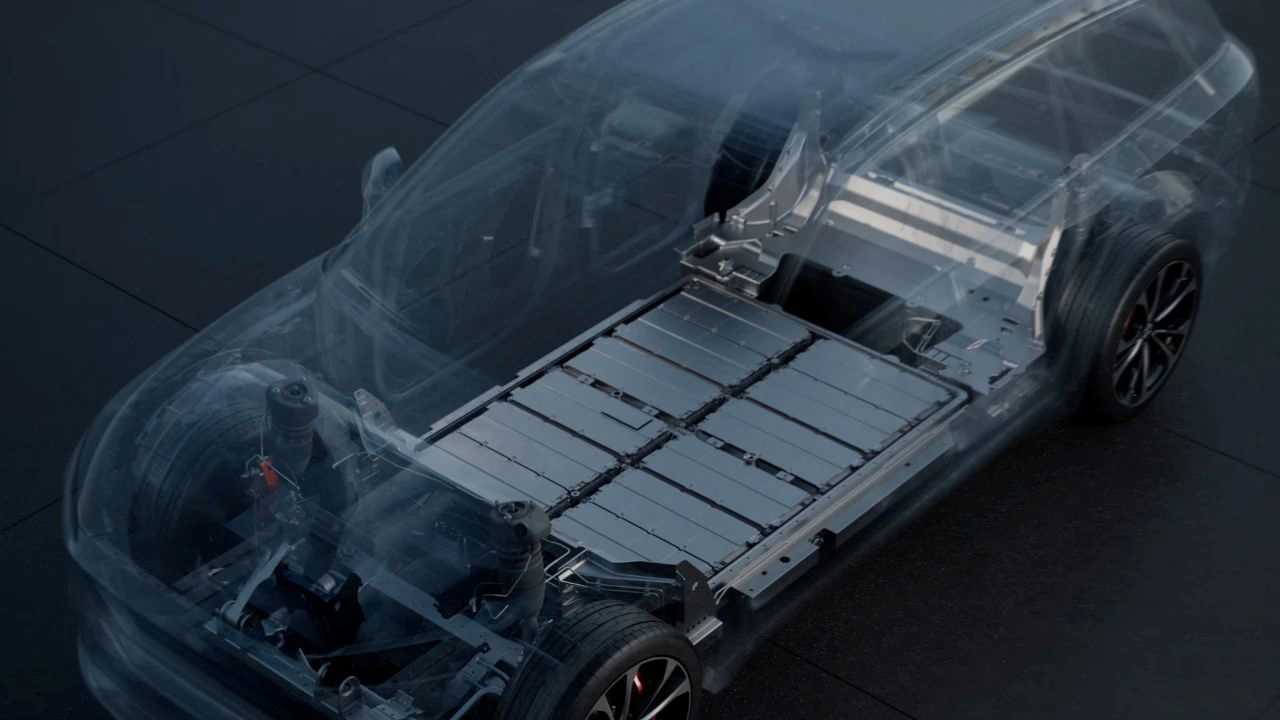
In terms of intelligent driving and intelligent cockpit, NIO’s Banyan smart system and PanoCinema panoramic digital cockpit are at the forefront of the industry.
In terms of intelligent driving, the Banyan smart system has developed into the Aquila ultra-sensing system, which consists of 33 high-performance sensors including long-range laser radar and 8 million pixel cameras, and the Adam supercomputing platform, which is composed of four NVIDIA Drive Orin X chips and has a total computing power of up to 1016 TOPS.
In terms of functionality, NIO has launched NOP+ (Enhanced Navigation Pilot), which means that NIO has the capability of end-to-end full-stack self-developed software and hardware systems; however, the more advanced NAD (NIO Autonomous Driving Technology, point-to-point autonomous driving) has not yet been launched.
During the interview, a reporter asked if NIO’s NAD was lagging behind considering some competitors have already launched urban navigation driving aids.
Li Bin stated that he has confidence in the comprehensive performance of NIO from the perspective of the reliability and availability of smart driving.
Furthermore, he thinks that as autonomous driving should be regarded as a service, rather than a function, different vehicle manufacturers have different thoughts and thus different technical routes. “This is a deeper issue than just a technical problem.”
Li Bin said that NIO has a long-term perspective on autonomous driving. “With our second-generation platform, the combination of sensors and computing power will ensure that the ceiling of this generation of cars’ entire lifespan is high enough, far exceeding others.”
In addition, NIO has a large amount of self-developed and self-produced core components in manufacturing and supply chain. Li Bin said, “We should establish such capabilities where users need and care about them the most”. Such abilities refer to the definition of products, research and development, and production. For example, at this NIO Day, NIO announced the development of self-developed seat platforms.
Moreover, NIO has established self-developed and self-produced electric drive capabilities for years, as well as constructed battery factories in Hefei and prepared to adopt vertical integration for its second brand. NIO has also developed chip research capabilities. Li Bin revealed that “We developed a chip specifically for our LiDAR, which has already been taped out and will be installed in our LiDAR next year.”
In terms of vehicle production, NIO’s first factory has been upgraded, and it has planned an annual production capacity of 300,000 vehicles. The second factory has also begun production, with a planned capacity of 300,000 vehicles. NIO and the Hefei Municipal Government jointly built the Xin Bridge Industrial Park, with a Total Comprehensive Vehicle Capacity of 1 million units per year, and a battery capacity of 100GWh/year planned.
NIO is also exploring emerging producing technologies such as integrated casting technology. In the EC7, NIO has applied the world’s largest 8,800-ton casting machine, and integrated 31 components into one single-casting piece in the rear.The preparation of these supply chain and production can help NIO’s supply capacity in the final stage.
The fifth point is the replenishment system. Currently, NIO has the largest replenishment network among all car companies. So far, NIO has built 1,286 battery swapping stations and 13,083 public charging piles. Moreover, NIO’s charging and swapping stations cover popular highways and tourist routes, providing a good replenishment experience for intercity travel. NIO’s co-founder and CEO, William Li, said that in Shanghai and other areas, NIO has provided better charging experiences than refueling. NIO also has a large plan for building charging and swapping stations.
In the short term, it is difficult for any brand to catch up with NIO in terms of both the number and quality of their replenishment network.
As Li Bin said, the auto industry is a “marathon on a muddy road.” The final of the intelligent electric vehicle competition is also very long. However, based on the current qualifications, NIO ranks high in “core capabilities,” and is obviously among the front runners in the competition for the “last ticket” in the final.
——END——
This article is a translation by ChatGPT of a Chinese report from 42HOW. If you have any questions about it, please email bd@42how.com.
